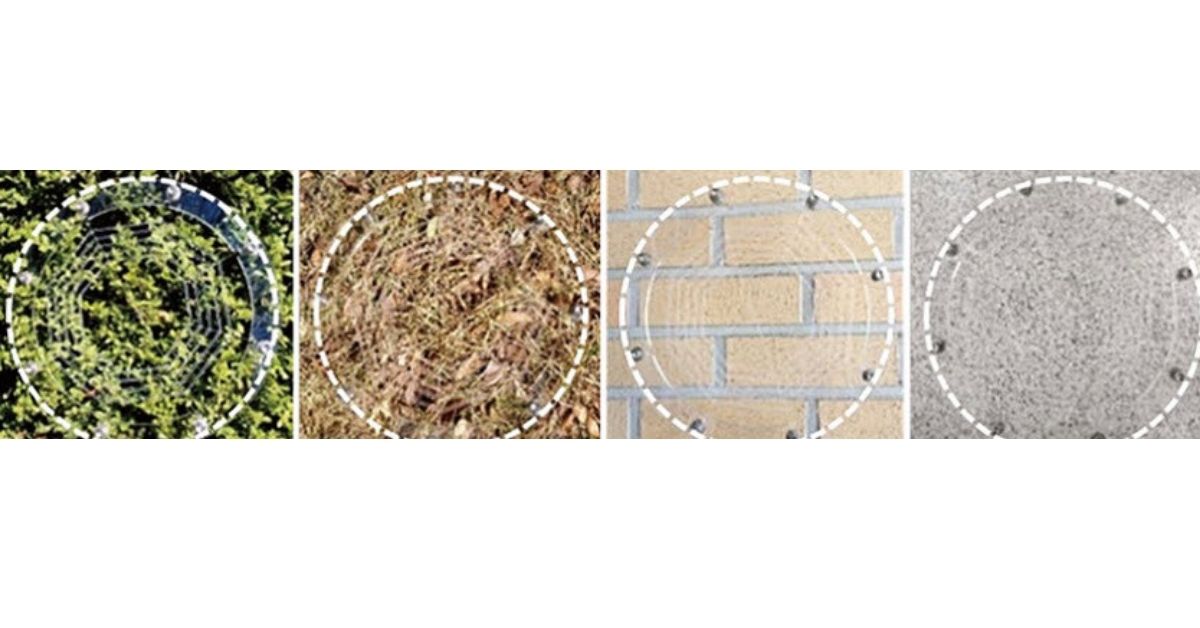Ionic Spiderweb Could Revolutionize Nascent Field of Soft Robotics
Scientists created a synthetic spiderweb capable of capturing objects 68 times its own weight.
Researchers have developed a new robot — called the ionic spiderweb — which takes a cue from the way spiders weave webs, according to a blog post on Seoul National University’s website.
A newcomer to the field of soft robotics, advancements made to create successful applications of the fully-functional artificial spiderweb are sure to become an iconic framework for future forays into the difficult field.
RELATED: SPIDERS IN SPACE STATION CAN WEAVE WEBS WITHOUT GRAVITY
Ionic spiderweb could revolutionize soft robotics
Spiders build their webs with a minimalist scheme to enable the sensation of subtle vibrations produced when prey is entangled in the structure.
This also enables spiders to clean dust and debris off of their webs — slingshotting all contaminants away. Profesor Jeoung-Yun Sun — along with his research team — took a hint from the architectural experience of spiders and reapplied it to spin artificial spiderwebs able to sense, adhere, and self-clean via electrostatic actuation, along with a dirt-eschewing coat.
The ionic spiderwebs will take their place as part of the soft robot revolution, according to the blog post. Soft robots are composed of compliant materials capable of extreme flexibility — which makes them ideal for performing sporadic or chaotic tasks most conventional robots can’t handle.
Spiders use their web to capture, kill prey before damage ensues
More general use of soft robots was constricted because of the challenge of harmoniously integrate the numerous elements of a soft robot into one, single unit. But via biomimicry. In modeling the soft robotics tech after the spider and its web, the problem was solved.
Spiderwebs serve both as a spider’s shelter and its ultimate bait — which is why it needs to possess seemingly conflicting properties: versatile structural integrity, and the capacity to destroy prey.
Once potential prey is snagged in the sticky silk, the spider rushes in to minimize damage to the general structure of the web. Upon meeting its prey, the spider then wraps it in fresh silk to guarantee its death.
Ionic spiderweb captures objects 68 times weight of web itself
Professor Sun and his students — Won-Jun Song and YoungHoon Lee — engineered a soft robot based on the spider’s architectural model of efficiency in elegance. Their invention is called ionic spiderweb (ISW) — which is an ionically conductive organic gel core contained within durable yet elastic silicone rubber.
High-voltage electricity creates an electric field — polarizing surrounding objects in the ISW, and creating a physical effect called electrostatic adhesion, with which the ISW captures numerous objects like polymers, organic materials, and even metals.
Additionally, the elastic nature of ISWs means they can stretch to three times their resting length — which enables the soft robotics web to capture items with a mass 68 times the web itself.

ISW cleans itself with electricity, vibration via frequency
ISWs can sense when a target is close, and initiate electrostatic adhesion capabilities in time to optimize its capture and energy expenditure. This is especially crucial because electrostatic adhesion capture can contribute to the web’s contamination.
With proximity sensitivity, the ISW minimizes its “on time,” resulting in 32.5 times the adhesion force compared to similar machines that remain “on” all the time, on a long-term scale.
Last but not least, ISWs can clean contamination via electrostatic vibration — not unlike vibrations created when spiders slingshot contaminant away, according to the blog post. Since the web itself doesn’t slingshot, the ISW uses electricity to create alternating attractive and repulsive forces between the string, which reaches a frequency sufficient to generate physical vibration.
Soft robotics should look to nature for simpler breakdowns of human tasks
This process enables the ISWs to keep up to 98.7% of their fully-functional capabilities — crucial to the real-world applications of tomorrow.
In short, ISWs could become an iconic framework for advanced applications for soft robotics in the real world. Technologies demoed in this latest invention will have direct import for other fields — from electronic skin to the genesis of artificial muscles. If we’re going to build robots capable of doing what humans do, researchers will have to continue looking to nature for uncomplicated models of the tasks that humans have made — as we often make everything — complicated.
 SHOW COMMENT ()
SHOW COMMENT ()










